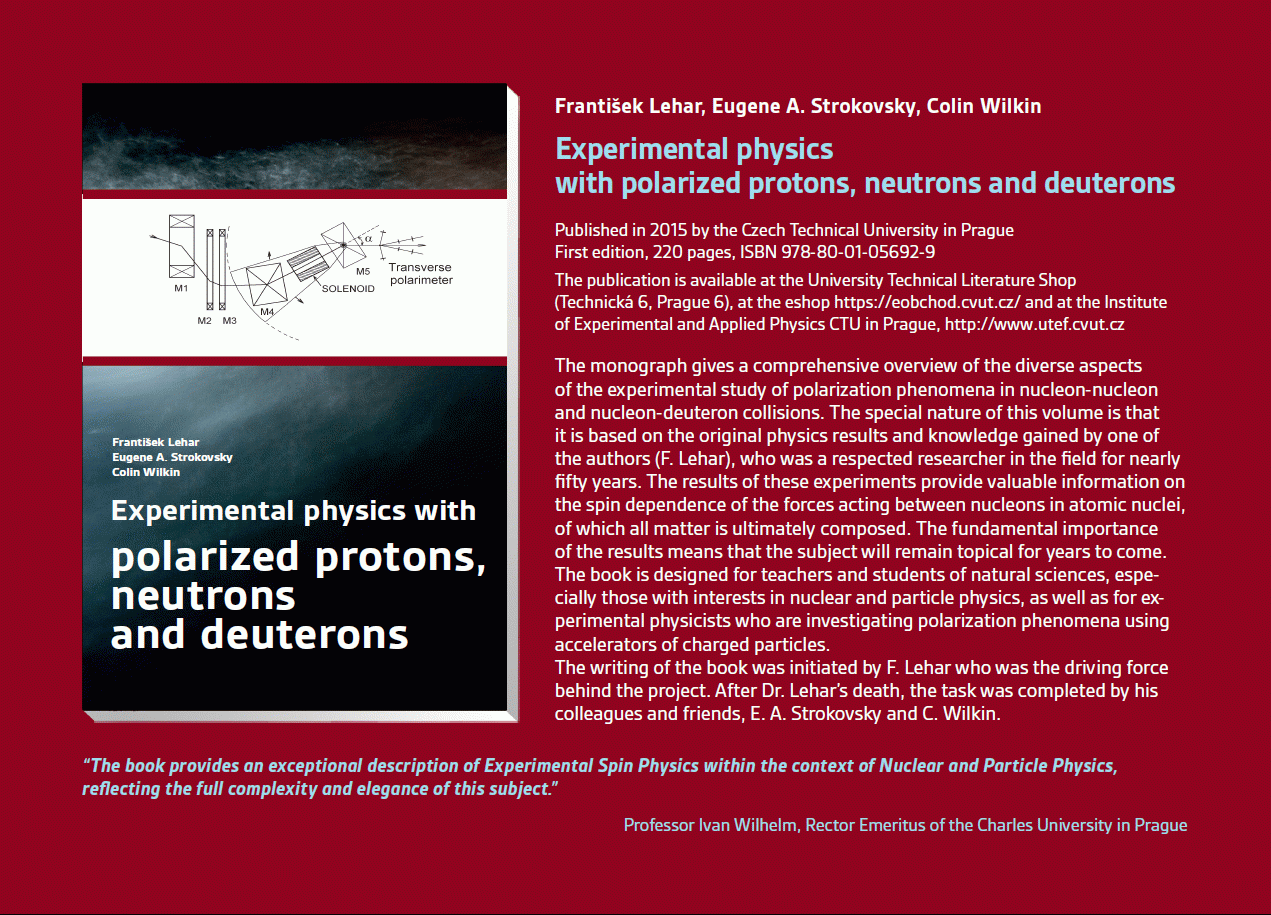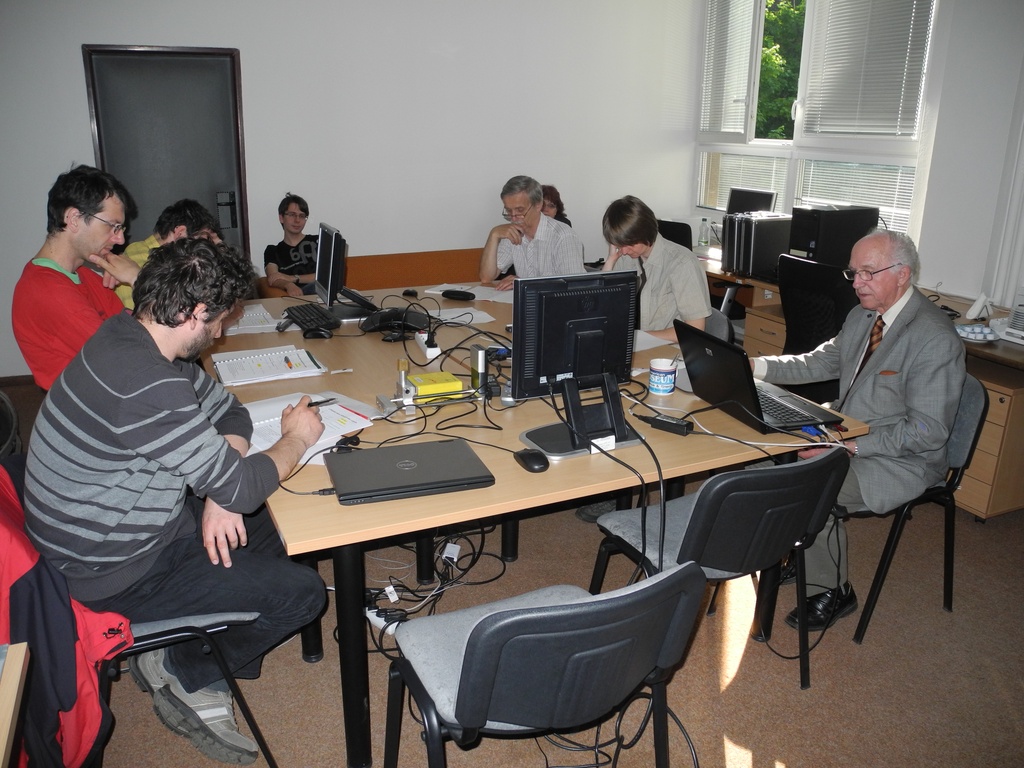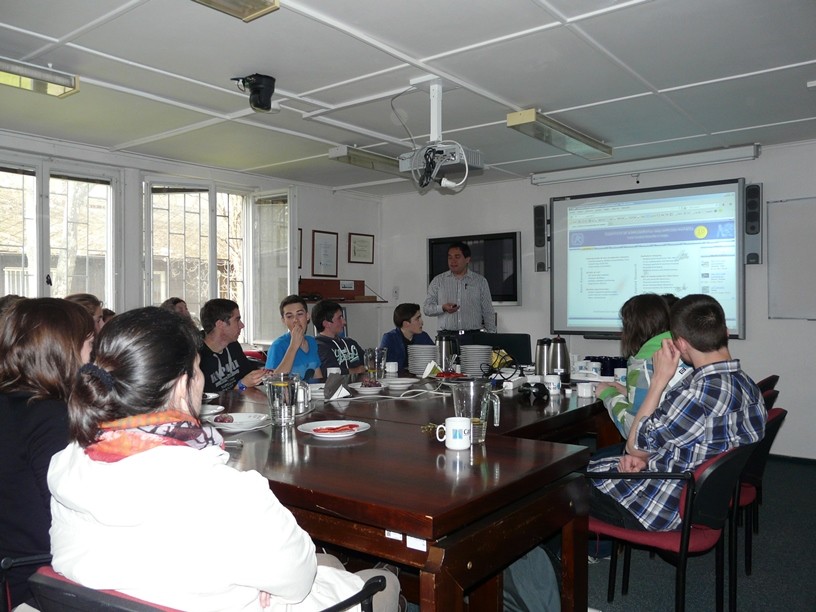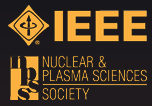Publikace
> Články v impaktovaných časopisech
> 'Analysis of painted arts by energy sensitive radiographic techniques with the Pixel Detector Timepix'
Analysis of painted arts by energy sensitive radiographic techniques with the Pixel Detector Timepix
Autor
| Žemlička Jan, Bc. | UTEF |
| Jakůbek Jan, Ing. Ph.D. | UTEF |
| Kroupa Martin, Ing. | UTEF |
| Hradil David, Mgr. | Institute of Inorganic Chemistry, AS CR, v.v.i., ALMA lab |
| Hradilová Janka, RNDr. | Academy of Fine Arts in Prague, ALMA lab |
| Mislerová Hana, MgA. | Academy of Fine Arts in Prague, ALMA lab |
Rok
2011
Časopis
Journal of Instrumentation 6 C01066, doi: 10.1088/1748-0221/6/01/C01066
Web
Obsah
Non-invasive techniques utilizing X-ray radiation offer a significant advantage in scientific investigations of painted arts and other cultural artefacts such as painted artworks or statues. In addition, there is also great demand for a mobile analytical and real-time imaging device given the fact that many fine arts cannot be transported. The highly sensitive hybrid semiconductor pixel detector, Timepix, is capable of detecting and resolving subtle and low-contrast differences in the inner composition of a wide variety of objects. Moreover, it is able to map the surface distribution of the contained elements. Several transmission and emission techniques are presented which have been proposed and tested for the analysis of painted artworks. This study focuses on the novel techniques of X-ray transmission radiography (conventional and energy sensitive) and X-ray induced fluorescence imaging (XRF) which can be realised at the table-top scale with the state-of-the-art pixel detector Timepix. Transmission radiography analyses the changes in the X-ray beam intensity caused by specific attenuation of different components in the sample. The conventional approach uses all energies from the source spectrum for the creation of the image while the energy sensitive alternative creates images in given energy intervals which enable identification and separation of materials. The XRF setup is based on the detection of characteristic radiation induced by X-ray photons through a pinhole geometry collimator. The XRF method is extremely sensitive to the material composition but it creates only surface maps of the elemental distribution. For the purpose of the analysis several sets of painted layers have been prepared in a restoration laboratory. The composition of these layers corresponds to those of real historical paintings from the 19th century. An overview of the current status of our methods will be given with respect to the instrumentation and the application in the field of cultural heritage.
Granty
| MSM 6840770040 | Výzkumný záměr 40: Využití radionuklidů a ionizujícího záření. |
| LC06041 | Centrum základního výzkumu "Příprava, modifikace a charakterizace materiálů energetickým zářením" |
Projekty
Příklad citace článku:
J. Žemlička, J. Jakůbek, M. Kroupa, D. Hradil, J. Hradilová, H. Mislerová, "Analysis of painted arts by energy sensitive radiographic techniques with the Pixel Detector Timepix", Journal of Instrumentation 6 C01066, doi: 10.1088/1748-0221/6/01/C01066 (2011)
Hledat
Události
21.-22. 11. 2014
Seattle, USA
8-15 Nov 2014
Surrey, Velká Británie
8. září 2014
9. září 2014
24. 4. 2014
3. 4. 2014
Seoul, Korea
27 Oct - 2 Nov 2013
Paris
23-27 June 2013
Anaheim, USA
29 Oct - 3 Nov 2012






 Experimental physics
with polarized protons, neutrons and deuterons
Experimental physics
with polarized protons, neutrons and deuterons Progresivní detekční metody ve výuce subatomové a částicové fyziky
na ZŠ a SŠ
Progresivní detekční metody ve výuce subatomové a částicové fyziky
na ZŠ a SŠ NSS MIC IEEE Conference
NSS MIC IEEE Conference Konference SEPnet, CERN@school
Konference SEPnet, CERN@school Lovci záhad - spolupráce ČT a ÚTEF
Lovci záhad - spolupráce ČT a ÚTEF Progresivní detekční metody ve výuce subatomové a částicové fyziky na ZŠ a SŠ
Progresivní detekční metody ve výuce subatomové a částicové fyziky na ZŠ a SŠ Návštěva v rámci projektu „Listening to the universe by detection cosmic rays“
Návštěva v rámci projektu „Listening to the universe by detection cosmic rays“ NSS MIC IEEE Conference
NSS MIC IEEE Conference 15thIWORID
15thIWORID NSS MIC IEEE Conference
NSS MIC IEEE Conference